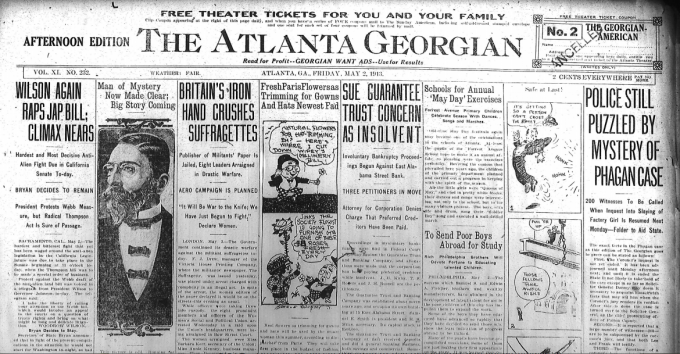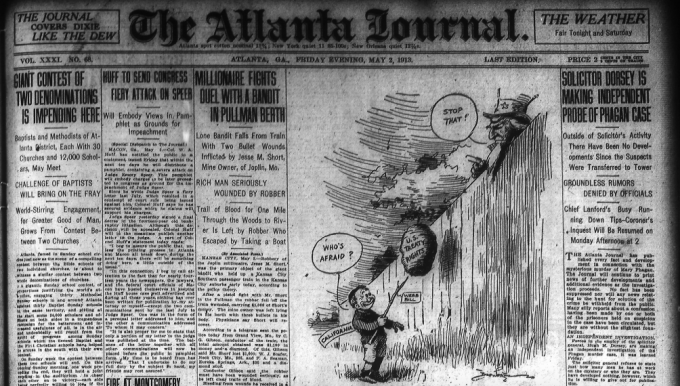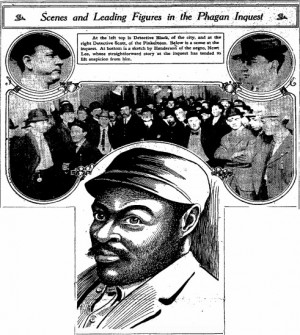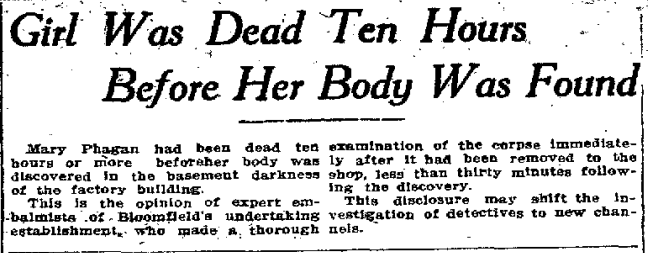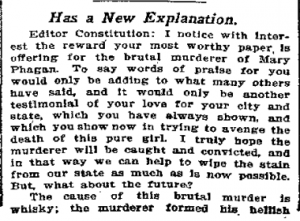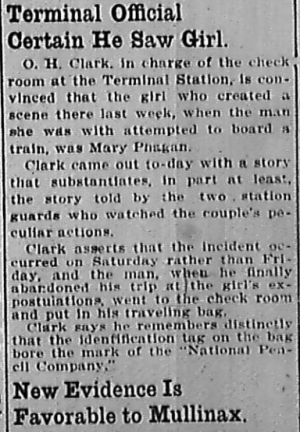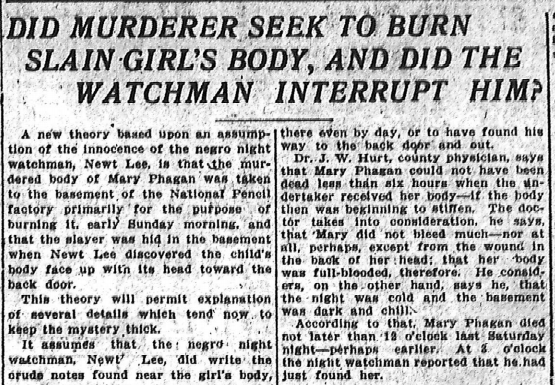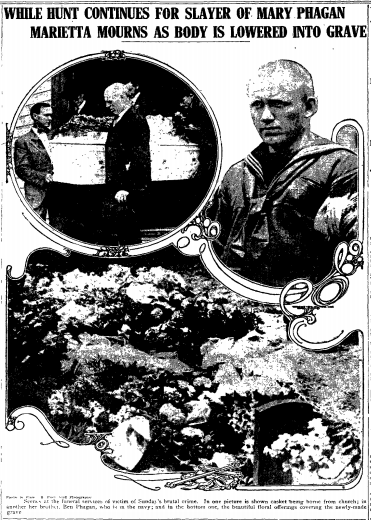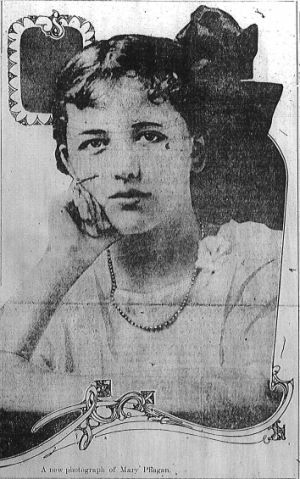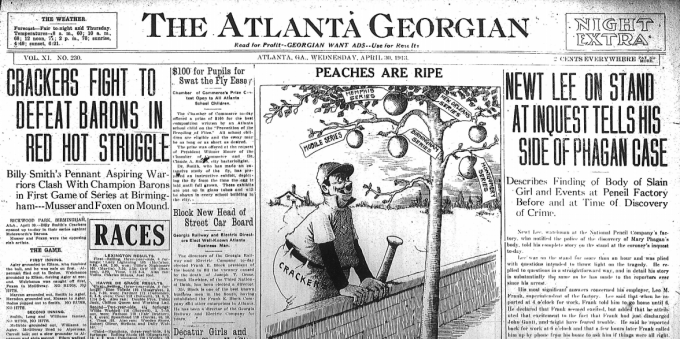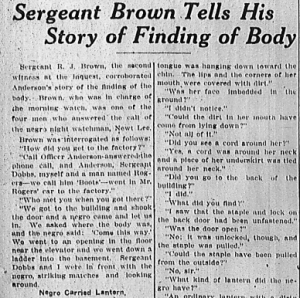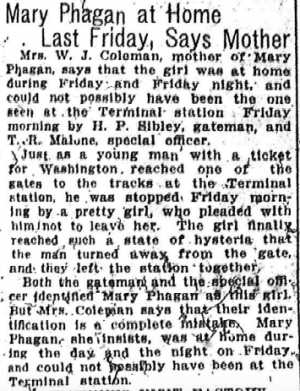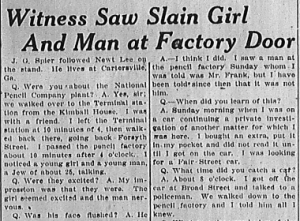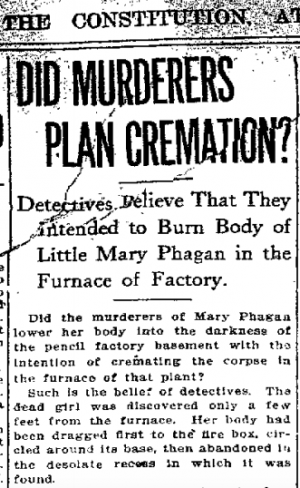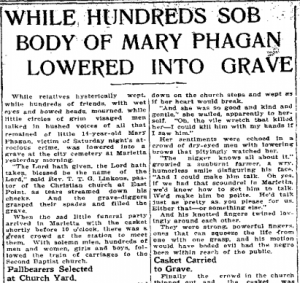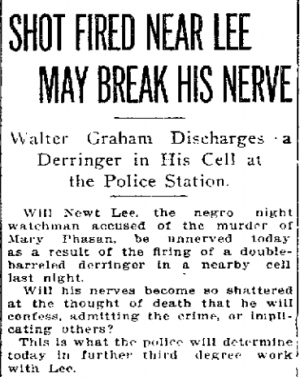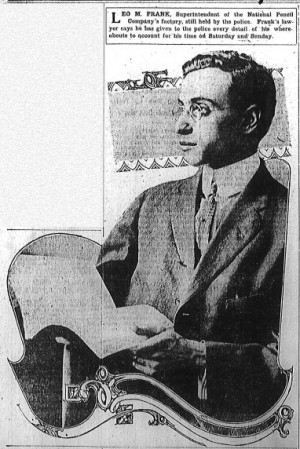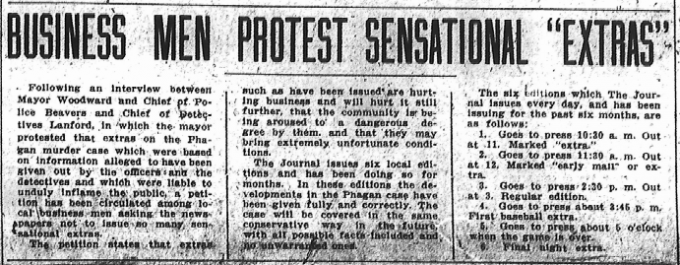 Another in our series of new transcriptions of contemporary articles on the Leo Frank case.
Another in our series of new transcriptions of contemporary articles on the Leo Frank case.
Let the Law Take Its Course, He Says
‘Guilty Will Be Punished, Innocent Free’
Atlanta Constitution
Sunday, May 4th, 1913
I desire to commend, with all the emphasis at my command, the Hearst newspapers’ timely suggestion to the people of Atlanta and Georgian that they remember the sanctity and majesty of the law of the land, and the sure operation of justice through the courts, in contemplating a recent horrible and unspeakable murder in our midst. I desire to offer the Hearst newspapers a word of praise in that they—leading newspapers of the South—while being brave enough to print the news as it developed from day to day, still were brave enough to caution their constituency that it was, after all, merely the news of the day, and not evidence that might considered competent in a court of law.—GOVERNOR JOSEPH M. BROWN
Georgia’s Executive Gives High Praise to Hearst Newspapers for Their Stand for Law and Order and Fair Trial for Accused.
Joseph M. Brown, Governor of Georgia, last night gave to Hearst’s Sunday American the following ringing and significant interview, in respect of the Phagan murder mystery.
By GOVERNOR JOSEPH M. BROWN.
I DESIRE to commend, with all the emphasis at my command The Hearst’s newspapers’ suggestion to the people of Atlanta and Georgia that they remember the sanctity and majesty of the law of the land, and the sure operation of jusict through the courts, in contemplating a recent horrible and unspeakable crime committed in our midst. Continue Reading →

